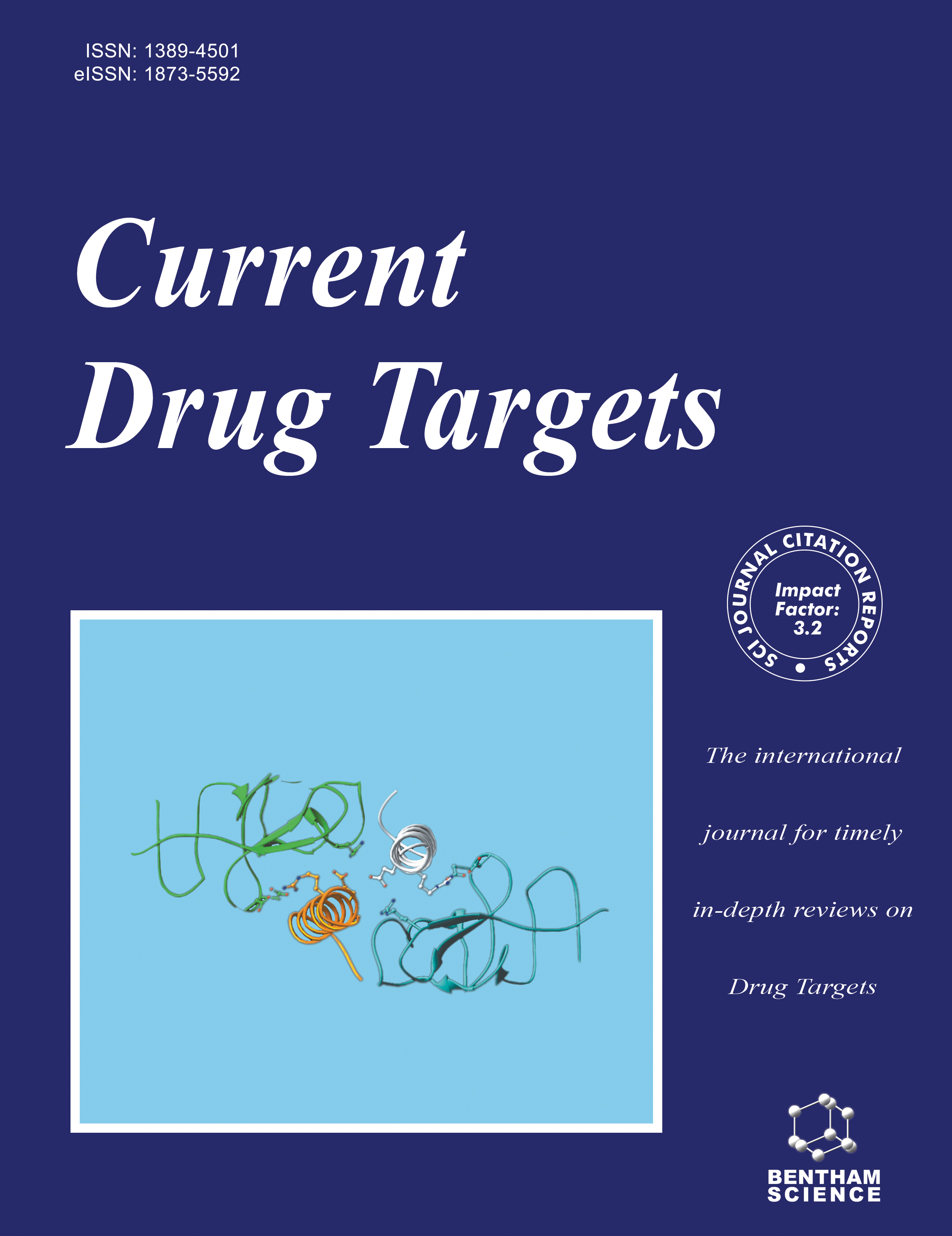
Full text loading...
Biofilms are complicated microbial communities attached to surfaces, bringing about serious clinical, industrial, and environmental issues due to their resistance to conventional antimicrobial treatments. One critical factor of biofilm formation and persistence is quorum sensing - a mechanism that enables cell-to-cell communication and controls the gene expression pattern depending on the population density. It is based on the constant production, secretion, and response of small signalling molecules, termed auto-inducers. The main role of QS is the regulation of vital processes in the cell, such as biofilm formation and virulence factor production, which intensify pathogenicity, drug resistance, and toxin production. In this respect, interruption of QS can be a potential druggable target, and the discovery of QS-inhibiting agents as anti-virulence compounds may offer an alternative therapeutic approach to conventional antibiotics. Quorum sensing inhibition implies a novel strategy against microbial pathogenicity as it only reduces cell-to-cell communication pathways and thus attenuates various physiological responses coordinated by the QS mechanism. Hence, it qualifies as a suitable target for drug discovery. This article provides a comprehensive overview of the Las, Rhl, Pqs, and Iqs quorum sensing cascades in Pseudomonas aeruginosa, elucidating their molecular targets and regulatory roles in virulence. Focusing on therapeutic potential, the review highlights recently identified QS inhibitors and their mechanisms of action, focusing on molecular targets within QS cascades. The review underscores the critical importance of identifying key molecular targets within QS cascades, as their precise knowledge enables the strategic design of inhibitors that disrupt bacterial communication. This work advances innovative therapeutic paradigms by identifying key QS targets, offering promising strategies to disrupt virulence pathways and combat P. aeruginosa infections.

Article metrics loading...

Full text loading...
References


Data & Media loading...

